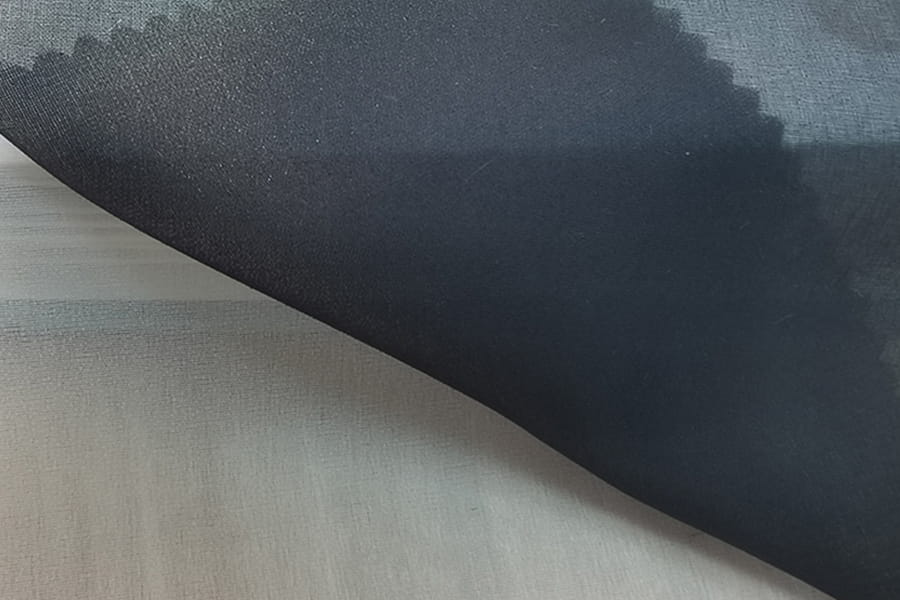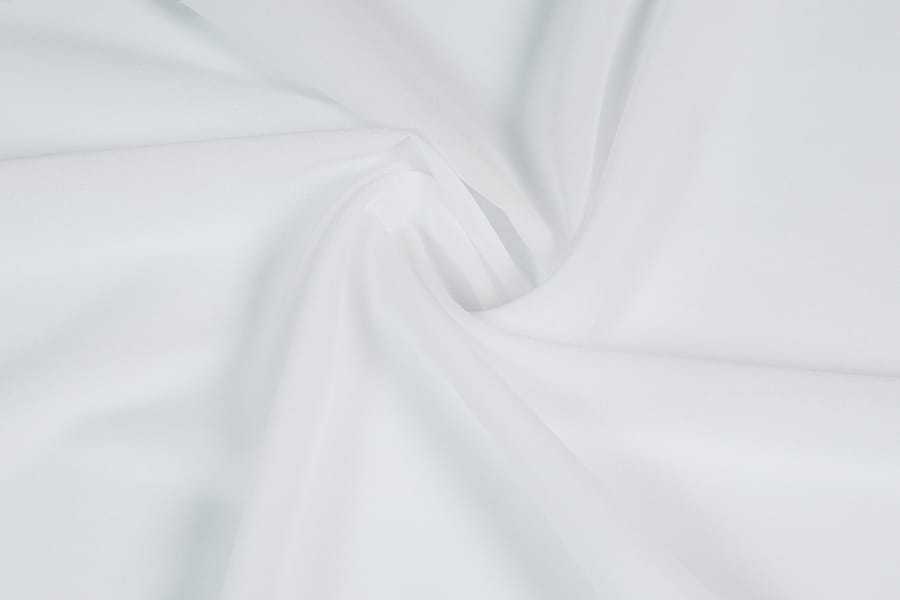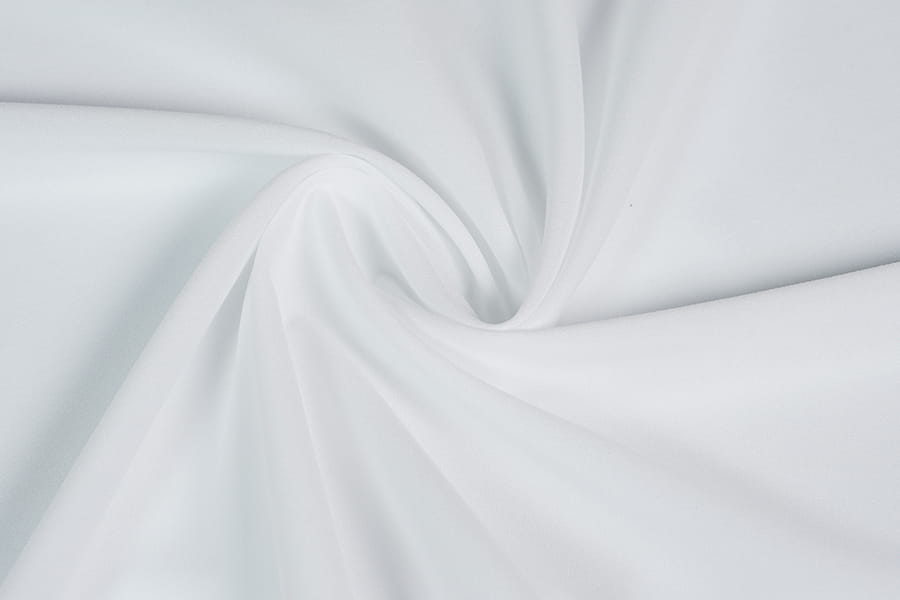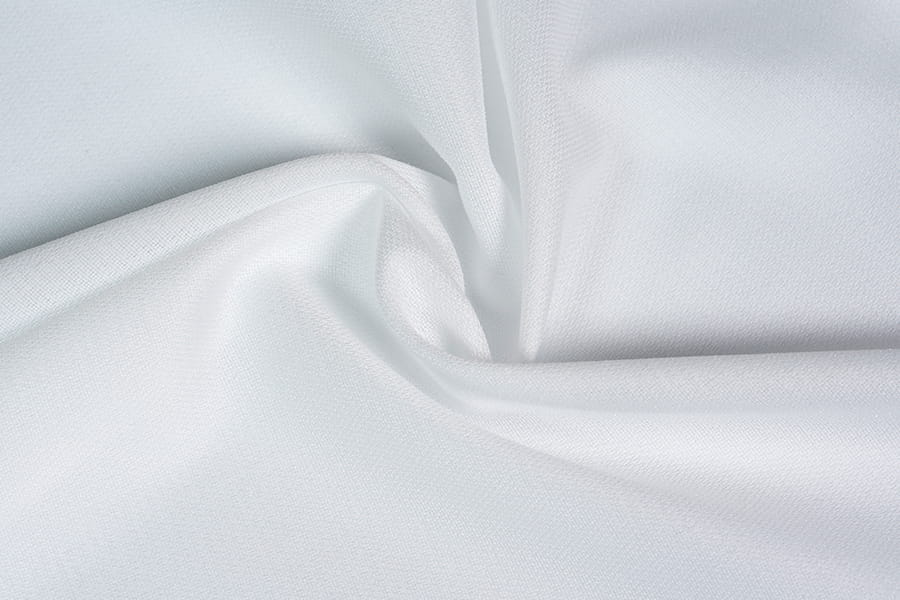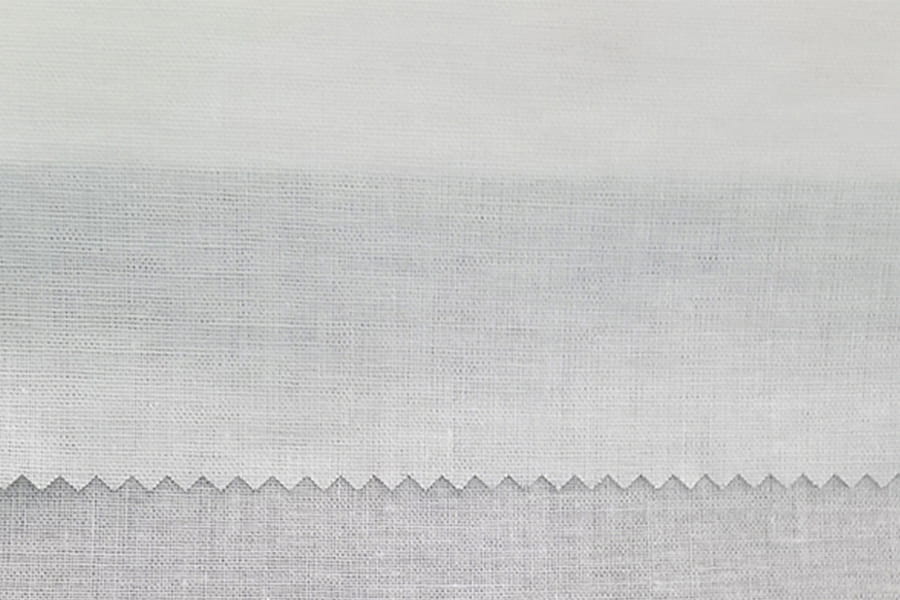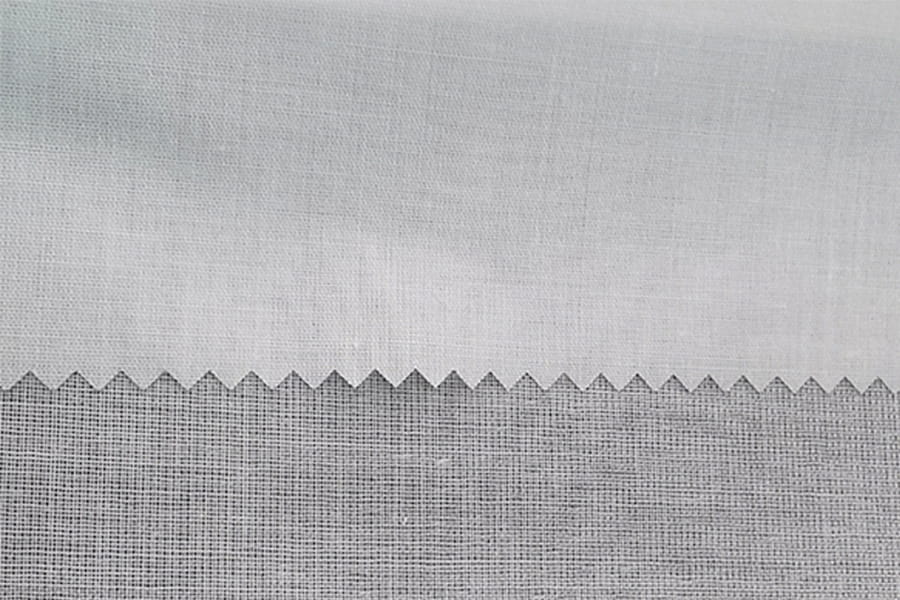Functional lining fabrics represent a significant advancement in textile technology, moving beyond the traditional role of simply providing structure or coverage within garments. These specialized materials are engineered to enhance comfort, durability, and performance, making them indispensable in modern apparel design. Unlike conventional linings, which primarily serve as an inner layer for smoothness or insulation, functional linings incorporate advanced properties such as moisture management, thermal regulation, stretch, and even smart technology integration, transforming the way clothing interacts with the wearer’s body and environment.
One of the most critical roles of functional lining fabrics is moisture management. In activewear, outdoor gear, and even everyday clothing, linings made from moisture-wicking materials like polyester blends or mesh fabrics actively pull sweat away from the skin, promoting quick evaporation. This not only keeps the wearer dry but also prevents discomfort and chafing during physical activity. Thermal-regulating linings play a vital role in adapting to different climates. For cold-weather garments, insulated linings such as Thinsulate™ or fleece-backed fabrics trap body heat efficiently, while breathable, perforated linings in summer apparel enhance airflow, preventing overheating. This dynamic responsiveness to temperature fluctuations ensures optimal comfort in varying conditions.
Beyond climate control, functional linings also enhance mobility and durability. Stretchable materials, often incorporating spandex or elastane, allow for greater freedom of movement in sportswear and fitted garments without compromising shape retention. Meanwhile, reinforced linings like ripstop nylon or abrasion-resistant coatings are used in high-stress areas of jackets, workwear, and performance gear to extend the garment’s lifespan by minimizing wear and tear. Another groundbreaking development is the integration of antimicrobial treatments, such as silver-ion or copper-infused linings, which inhibit bacterial growth and reduce odor—a feature particularly valuable in activewear, medical scrubs, and undergarments.
Sustainability is another key focus in the evolution of functional linings. With increasing demand for eco-conscious fashion, manufacturers are turning to recycled polyester, biodegradable fibers, and plant-based coatings to reduce environmental impact without sacrificing performance. The rise of smart textiles has introduced linings with phase-change materials (PCM) that adapt to body temperature, as well as conductive fabrics that enable wearable technology integration, such as heating elements or biometric sensors.
As textile innovation continues to advance, functional lining fabrics are set to play an even more pivotal role in the future of apparel. From enhancing athletic performance to improving everyday comfort and supporting sustainable practices, these materials are redefining what clothing can do. Whether in high-performance sportswear, protective workwear, or cutting-edge fashion, functional linings are proving that the hidden layers of a garment can be just as revolutionary as its outer design.

 English
English 中文简体
中文简体 русский
русский Español
Español